Pedro Torres – New Face at Equitana
We were traveling through Portugal with the secretary of the Lusitano Breeders Association, Joao Ralao Duarte, getting a feel for the horse scene in that wonderful country.
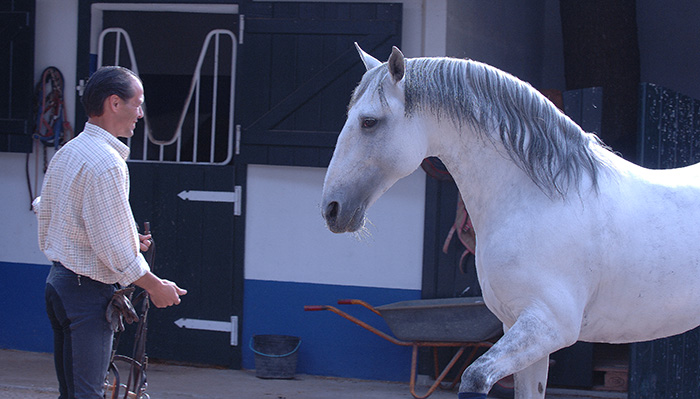
One of the highlights was meeting Pedro Torres, the European Champion of Working Equitation, and his top horse, the stallion Oxidado – who also happens to be by the same sire as Portuguese dressage star, Oxalis.
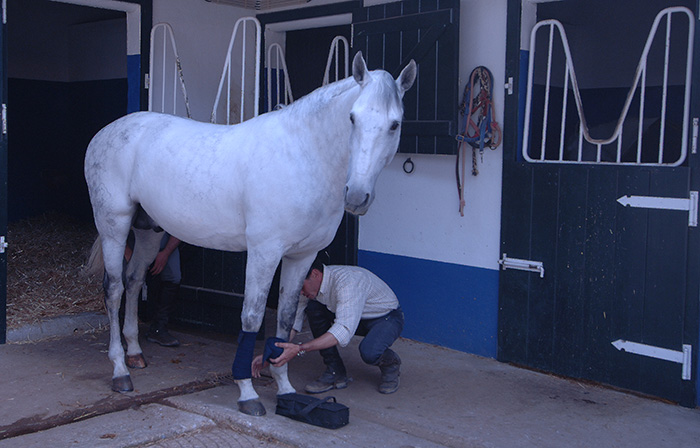
It was at a magnificent equestrian complex with horses and riders all over the place, and each little group of stables forming a neat little square. Pedro let Oxidado out of his stable – no bridle, no halter –the stallion just standing there while they put on bandages.

Then Pedro started playing a game with the horse, a game of chase me, which soon became a game of cutting, then the stallion added an unexpected twist, he charged out the stable yard and out onto the huge grassy field, galloping and bucking, having a great time. Up the far end to terrorise the guy trying to practice his dressage test on a chestnut gelding. Boring. Off on another circuit to see what fun could be had. We were starting to get seriously worried about the welfare of the champion stallion.
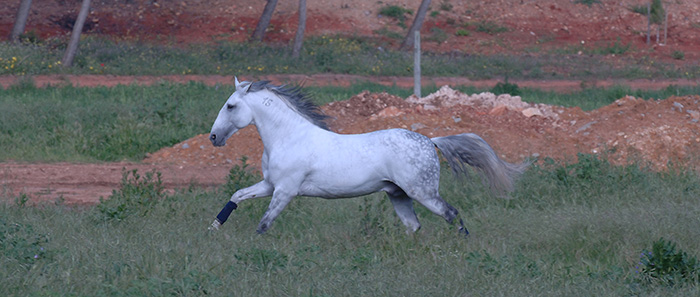
Finally, Oxidado is returned and saddled and the pair put on a fabulous demonstration of the skills involved in Working Equitation. This would have been a much finer discipline to add to the WEG than the crude American version of it, reining.
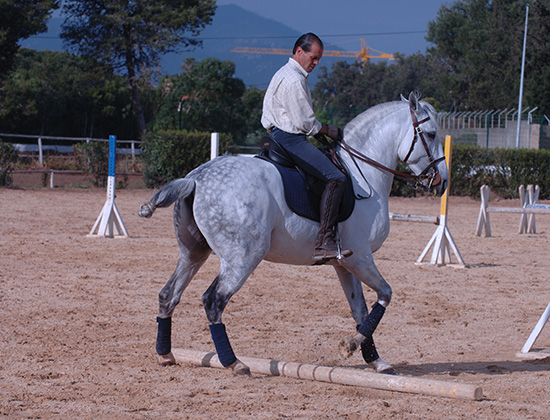
Pedro Torres is a beautifully tactful rider and the stallion tosses off effortless flying changes and wonderful pirouettes before cantering sideways along a pole or dashing off to jump a little fence.
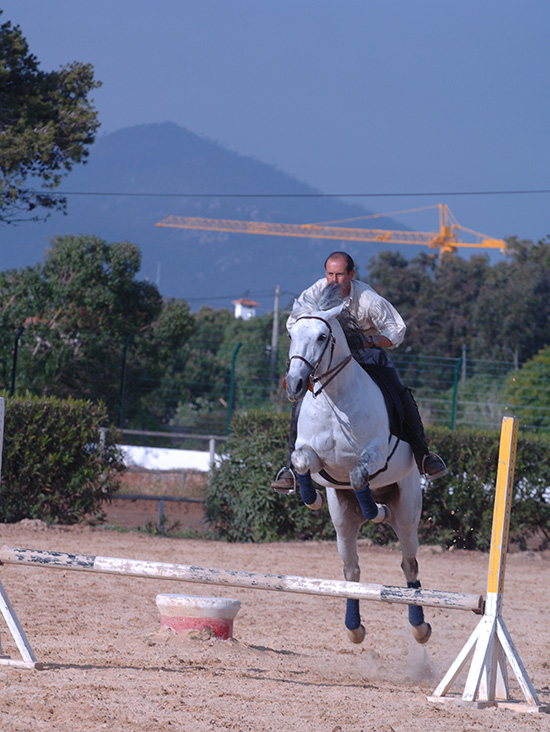
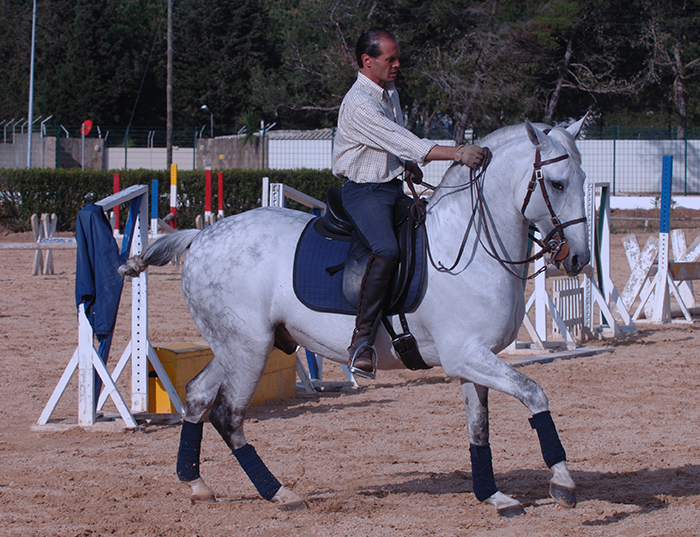
I caught up with Pedro after he had finished riding and found that he was also competing in Grand Prix dressage:
“First I started in dressage, and then working equitation, and now both.”
Are you using basically the same training techniques for both?
“I think in the base it is the same. Working Equitation has a dressage test too and the basics are the same. Working Equitation has obstacles, so you have to work like a jumper, you have to work like a bull fighter – there are many things and styles, but the principles are the same as dressage.”
The cattle work – is that difficult?
“You need practice, you need to understand the cattle, the movement, the distance, but for a Lusitano it is not difficult because he is a horse normally used to working with the cows.”
Did you ever bull fight?
“Just for fun, not the real thing, but it is very nice.”
next we catch up with Pedro before his visit to Melbourne for Equitana
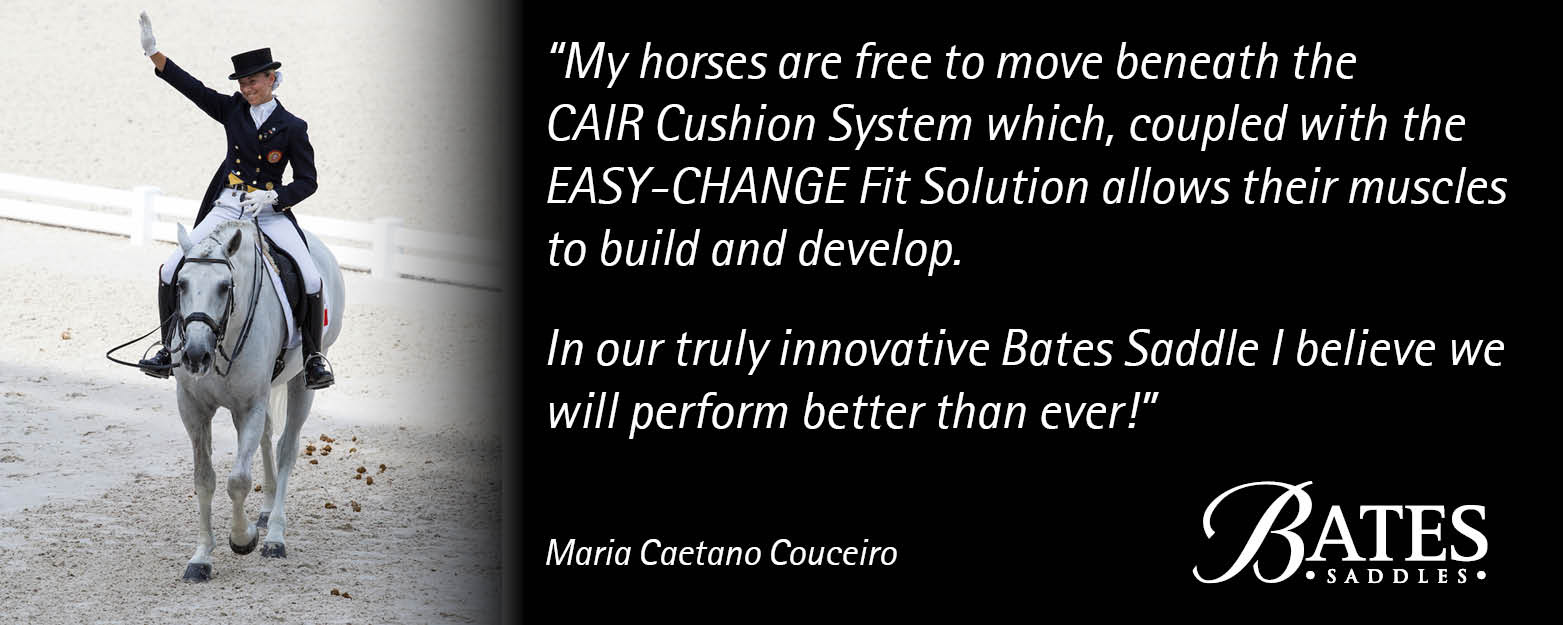
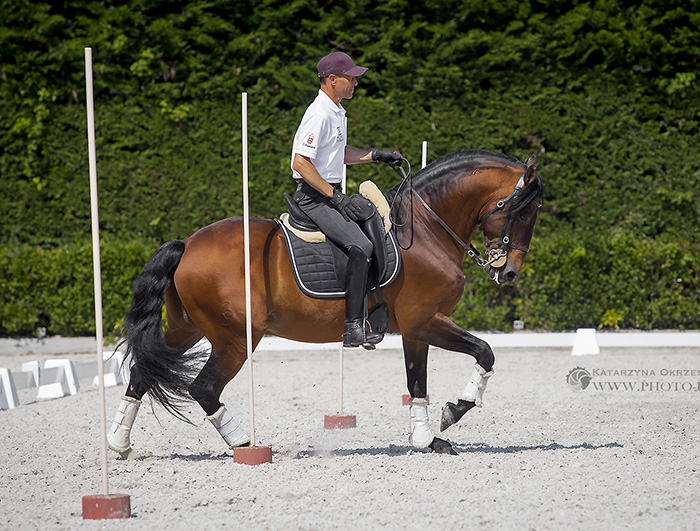
Pedro, is like most of the equestrian world, a great admirer of Carl Hester and his riding style and seeks out five-time Olympian Kyra Kyrklund and her partner Richard White for advice on his dressage training. Recently he has been successful with several top ten placings in international CDI2* and 3* Grand Prix competitions.
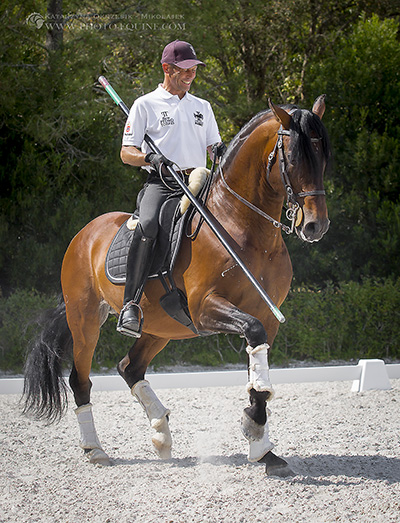
But while he has two very talented dressage prospects in his stable, the Lusitanos, Ahoto and Csar, Pedro has no ambitions to qualify for the next Olympic Games. His own riding goals are simple, “To ride better. This is what I want to do. Ride better, understand the horses better, find better techniques. And this is what I want to do with the rest of my life. I don’t have the goal to go to the Olympic Games, I want to spend my days developing new techniques and understand the movement, the muscles, the tendons – this really is my passion. My goal is to see if I can ride better.”
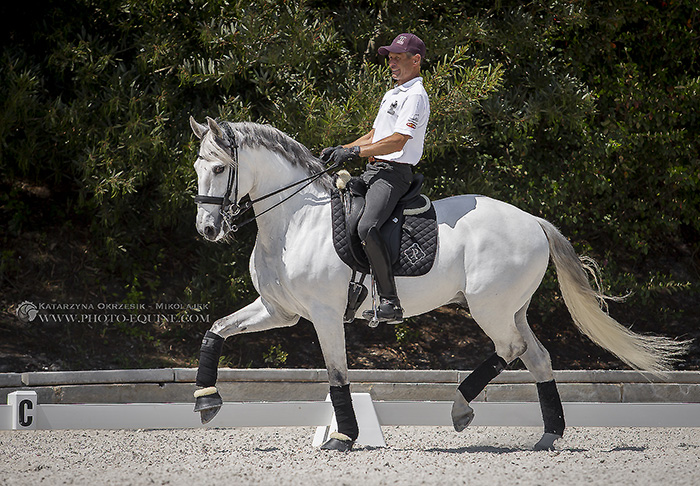
Pedro’s training techniques are in high demand around the world. Riders from Germany, France, Portugal, Sweden, Russia, Mexico or the United States seek his help in ‘normal’ riding, dressage or Working Equitation. His approach of adapting to the horse’s personality and abilities and analysing how the rider can help the horse is what makes him such a wonderful trainer and rider.
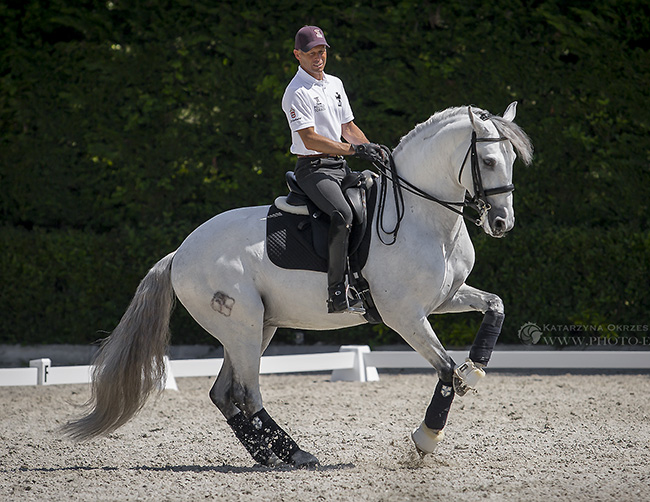
“Riding is a dance, but horse and rider have to listen to the same music,” Pedro says. His training philosophy comes from years and year spent riding and teaching different horses, from small stables to some of the most renowned establishments for classical horsemanship and equestrian art, the Portuguese School of Equestrian Art, the ‘school-yard’ of any of Portugal’s most successful international competition riders.
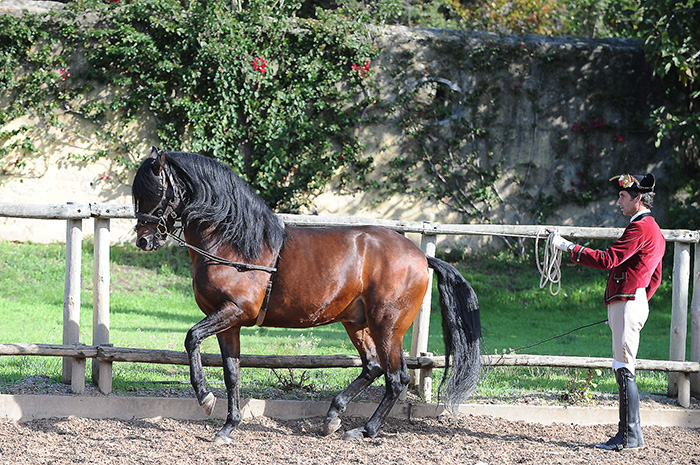
The Portuguese Royal School, classical equitation…
Pedro spent seven years at the Portuguese School, perfecting the classical equitation and dressage exercises from the ground and the saddle. Riders of the Portuguese School learn a lot about the importance of obtaining perfect balance in the horse’s and rider’s body for movements like the passage, levade or capriole.
The School exclusively works with Lusitano horses, the breed is known to be flashy and bold, but they are also very sensitive horses. Today’s Warmbloods are a lot closer to the Lusitano in temperament Pedro says.
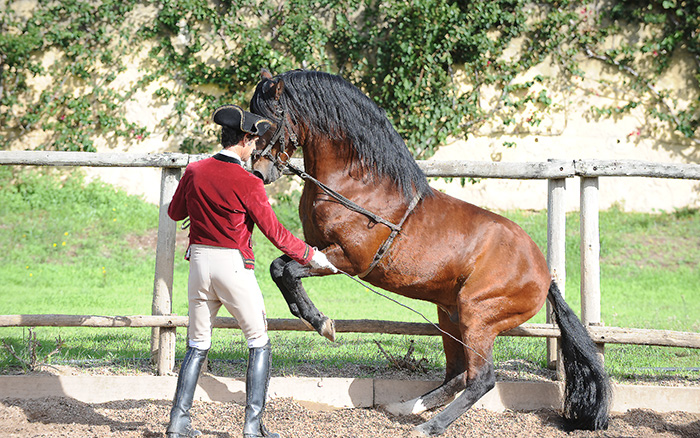
“The right training prepares horses and riders slowly for the next step in their education. If you force too much in the beginning it just becomes frustrating when they don’t do what you ask, because they are not ready. The most important advice is to be patient and to try to understand. Don’t try to make big steps, try to make solid steps,” he cautions.
Are you curious about what you can learn from Pedro Torres? Then don’t miss the Equitana 2018 Dressage Masterclass and Education Sessions with the Portuguese Master!
Tickets to the Pedro Torres Masterclass on Friday November 16 are still available and also include access into the Friday Night CDI-W Grand Prix Freestyle. Tickets can be purchased at www.equitana.com.au
